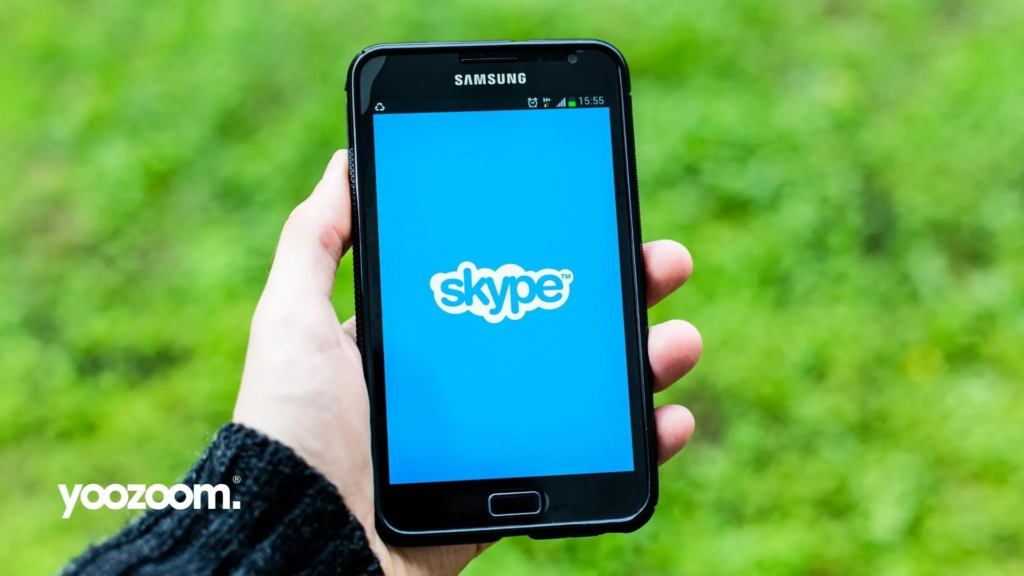Following the massive success of the Studio Ghibli-inspired AI art trend, ChatGPT’s latest image generation tool has found itself at the center of another viral sensation. This time, professionals on LinkedIn have kickstarted a playful new craze — turning themselves into AI-generated action figures.
From Fantasy Worlds to Plastic Packaging: The Rise of AI Action Figures
Initially igniting on LinkedIn, the trend quickly captured the imagination of marketers, entrepreneurs, and self-styled thought leaders. Users are now sharing highly customized images of themselves packaged like action figures, complete with accessories like laptops, coffee mugs, books, or even mini microphones — a nod to the platform’s business-focused vibe.
Among the different variations of this trend, the “AI Action Figure” version has gained the most momentum. Some have even adapted it to popular culture phenomena like the “Barbie Box Challenge,” creatively merging nostalgia with modern AI technology.
Although LinkedIn remains the trend’s main playground, the phenomenon has started spilling over to other social media spaces, including Instagram, Facebook, and TikTok. However, it hasn’t quite reached the viral heights of the Ghibli art trend, which continues to dominate Google Search interest and online conversations.
A Quieter, More Professional Viral Trend
Unlike the Ghibli-style AI art, which attracted backlash from artists and fans over ethical and copyright concerns, the AI action figure trend has so far escaped significant criticism. That could change as the trend grows, but for now, it remains relatively controversy-free.
It’s worth noting that the new text-to-image update from ChatGPT has played a central role here. The feature’s popularity was so overwhelming at launch that OpenAI had to temporarily restrict free access to image generation, managing server loads as users flooded the platform. While this action figure trend is comparatively smaller in scale, it once again highlights ChatGPT’s growing appeal beyond tech circles, drawing in everyday users with creative, low-stakes applications.
Brands and Influencers: Who’s Jumping In?

So far, the trend has been largely organic, fueled by individual users rather than celebrities or major influencers. Some brands like MAC Cosmetics and NYX Cosmetics have experimented with AI-generated toy versions of their teams or products, showing early signs of how companies might use this format for branding and marketing.
However, mainstream celebrities have mostly stayed away. The highest-profile figure spotted participating has been Marjorie Taylor Greene — an indicator that the trend hasn’t fully penetrated pop culture just yet.
Despite limited engagement numbers, especially compared to broader viral trends, the AI action figure movement is a fascinating example of how AI creativity is shaping personal branding on professional platforms. As AI tools continue evolving, trends like these may become an essential part of how individuals and companies express themselves online.
While it’s not the global sensation that the Ghibli AI trend was, the AI action figure craze shows how rapidly AI-driven creativity is infiltrating even the most unexpected platforms. With LinkedIn users leading the charge, the line between professional branding and playful self-expression continues to blur — all powered by the limitless potential of generative AI.






